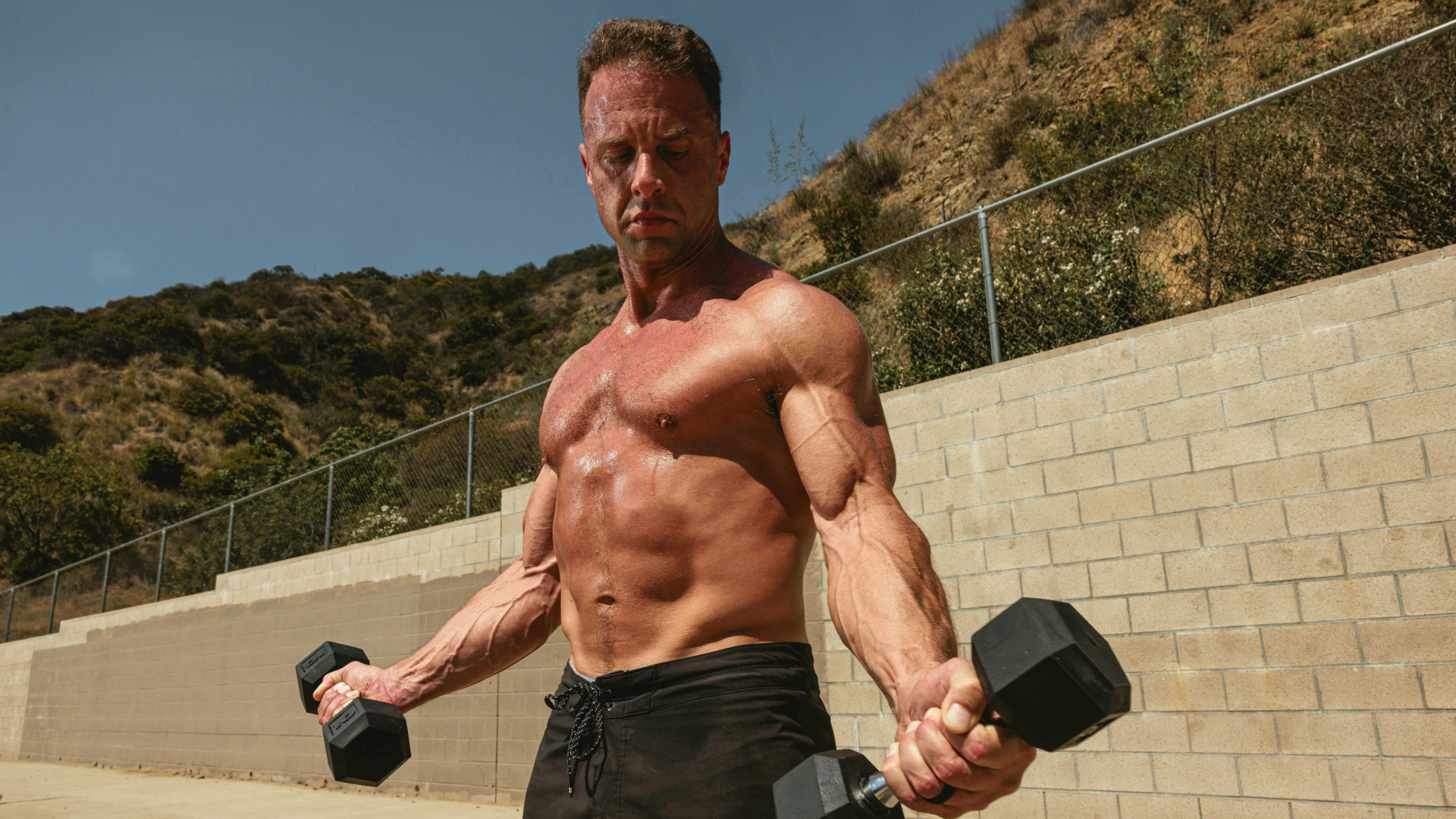
Entering middle age often comes with a shock: the exercises that once felt effortless suddenly feel challenging, and bouncing back after even a short break isn’t as easy.
Although it takes more intentional effort, staying lean and fit in midlife is entirely possible. The key is understanding how your body changes and adjusting your approach with smarter training, better nutrition, and targeted recovery.
“Your 40s aren’t a time to slow down, they’re a time to level up,” says Alex Perris, a performance coach at Future. “Staying lean now sets the foundation for strength, energy, and longevity down the line.”
For decades, research pointed to metabolic rates slowing after 30, but a recent study from the journal Science suggests that your metabolism actually remains steady from ages 20 to 60. What does change, however, is muscle mass, recovery efficiency, and hormone shifts — factors that can make it trickier, but not impossible, to maintain lean body composition.
Hormonal shifts in women during menopause can affect fat distribution and energy levels, while reduced activity and dietary inconsistencies may also contribute to weight gain. Sarcopenia — the age-related loss of muscle mass and strength — affects many older adults, but research shows that this is often linked to poor diet and lack of exercise.
Perris has trained clients who achieved the best shapes of their lives in their 40s and 50s. He notes that for most, the main barrier is viewing age as a limitation rather than an opportunity.
“The basic fitness principles stay the same: lift, move, fuel properly, and recover,” Perris says. “The body still responds incredibly well to movement at this age, but you need to be intentional about your workouts.”
At 43, Perris trains five days a week with high-intensity strength workouts, including CrossFit and weightlifting, and tracks everything in the Future app to stay accountable.

“Training is a priority in my household, but it’s never all or nothing,” Perris says. “If I have to shorten or modify a workout, I’ll do it to make sure it gets done.”
While all fitness modalities have benefits, strength training becomes increasingly important with age. Solid muscle strength can improve bone density, lower the risk of diabetes, improve cognition, and increase metabolism.
If you’ve never lifted heavy weights before, Perris suggests first building up cardiovascular endurance, then working on improving strength in your core, hips and shoulders. Start slow, and gradually increase your intensity every few weeks. If heading to the weight rack feels intimidating, try lower-intensity strength options, like Pilates or water aerobics.
As you ramp up your workouts, recovery becomes essential. Proper sleep, hydration, and stress management allow your body to function more efficiently, while gentle activities, like yoga or walking, keep you limber between strength sessions.
“I still push heavy and train at high intensity, I just do it with more awareness,” Perris says. “Don’t be afraid to push your limits, but listen to your body and dial down the intensity when needed.”
Proper nutrition is at the core of staying lean over 40. Rather than following a fad diet, Perris sticks to whole foods whenever possible, building most of his meals around meat and veggies while avoiding sugar (save for some fruit here and there).
He prefers not to track every calorie and instead focuses on his protein intake. As you age, the same amount of protein triggers less muscle-building than it did in your 20s or 30s — a phenomenon scientists call anabolic resistance. This is due to natural changes in digestion and hormone levels, which affect how efficiently your body can use nutrients.
“Protein is king. It’s the only number I track,” Perris says. “I keep carbs lower overall and use them as fuel before and after workouts.”
To meet the recommended protein target for older adults — 1.2–1.6 g per kilogram of body weight — Perris recommends a high-quality supplement (he’s a big fan of King Whey by Ronnie Coleman Signature Series). He also meal preps proteins, starches, and vegetables every Sunday to stay consistent.
“When meals are ready and waiting, there are no excuses to eat something you normally wouldn’t,” Perris says.